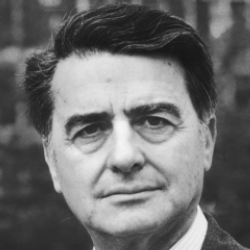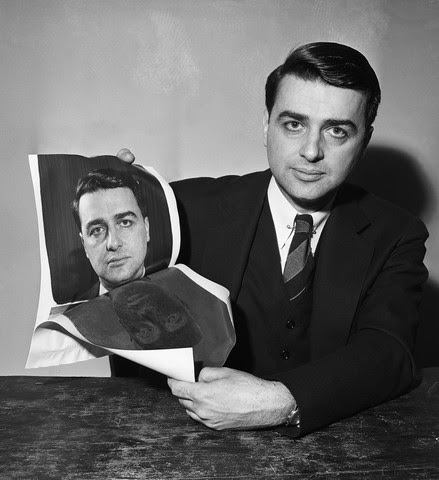

Land now considered whether he could reproduce the chemistry that took place in a darkroom within the confines of a handheld camera. During a 1943 vacation in Santa Fe, Land’s daughter, Jennifer, asked an innocuous question: Why did she have to wait to see the snapshots her father was taking during the trip? In the 1940s, developing photographs was a time-consuming process that required special equipment and expertise. As Polaroid started producing millions of bomb sights and goggles for the military, his attention turned to another project.

Polaroid viewer from the Chrysler Motors pavilion at the New York World’s Fair (MIT Museum)įollowing the outbreak of World War II, Land was recruited as a consultant for the National Defense Research Committee. Five years later, their Cambridge-based company, Land-Wheelwright Laboratories, adopted a new name: Polaroid. Wheelwright, III to transform his polarizers into commercial products. In 1932, he teamed up with a Harvard professor named George W. Land submitted a patent for his new invention, the first of over 500 he would secure throughout his career ( second image). The resulting plastic sheet was the first artificial polarizer. He then dipped a piece of celluloid into the mixture, and as the lacquer dried, the crystals retained their new orientation. Applying a strong magnetic field to this suspension caused the crystals to align themselves in a single direction. When that proved ineffective, he mixed a large number of microscopic crystals into a liquid. Working in secret at a Columbia University laboratory, Land first attempted to synthesize large polarizing crystals. Fueled by these speculations, Land enrolled at Harvard but eventually withdrew to pursue his polarizer research independently in New York City. Land wondered if it might be possible to create synthetic polarizers, whose ability to reduce glare could have a variety of useful applications. Until the 20th century, researchers eager to explore this phenomenon had relied on natural polarizers like calcite. Land was particularly intrigued by Wood’s discussion of polarization, the tendency of certain substances to block the passage of light waves unless they are oscillating in a specific direction. As a child, Land became fascinated with optics after reading a textbook on the subject by Johns Hopkins University physicist, Robert W. Edwin Land, an American scientist and inventor, was born on in Bridgeport, Connecticut.


 0 kommentar(er)
0 kommentar(er)
